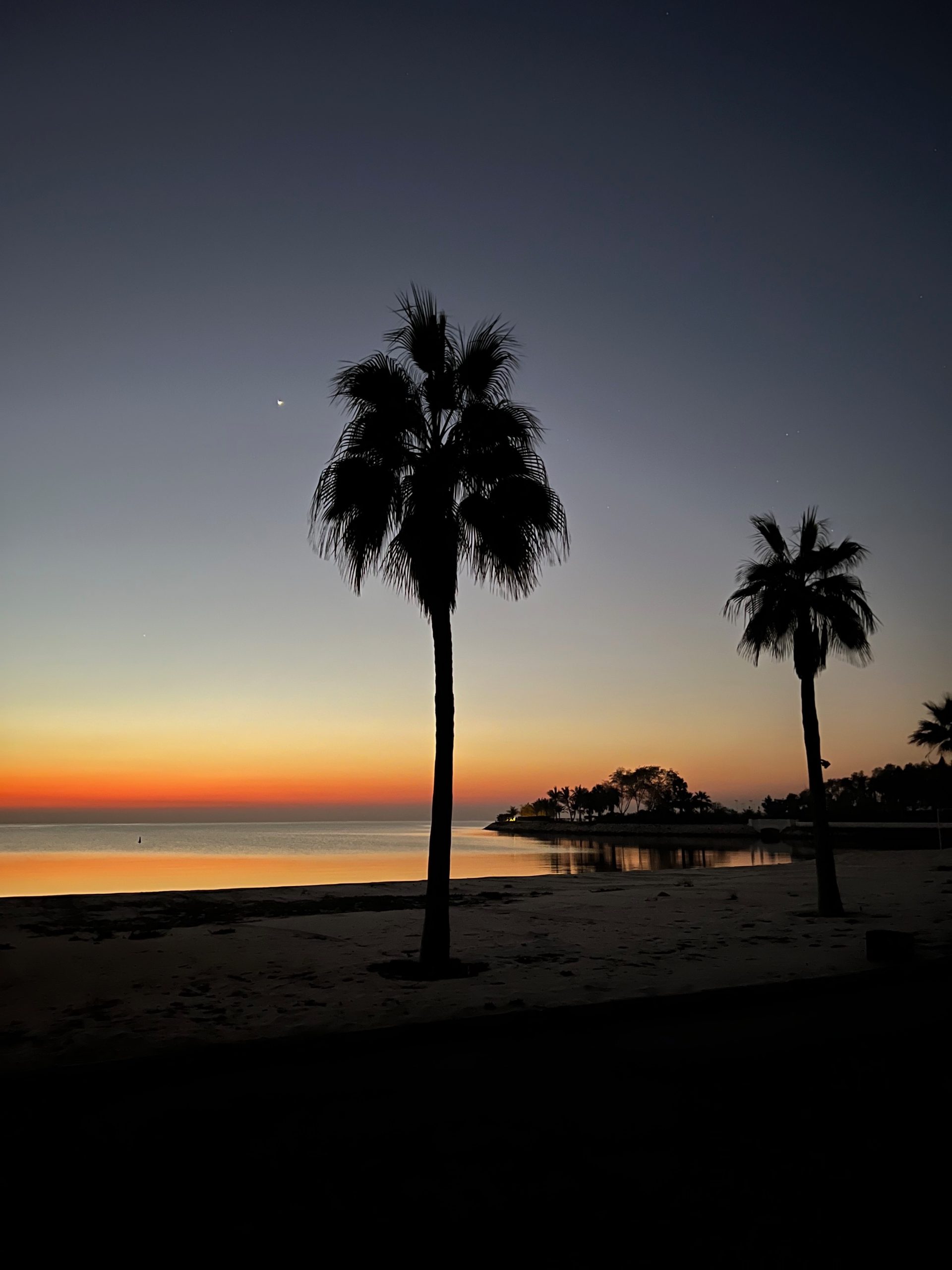
Al Aziziya beach on the Gulf.
The music of my morning was the birds singing on the beach in Al Aziziya.
The earth has music for those who listen.
Reginald Vincent Holmes

The Arabian Peninsula sits on its own tectonic plate – the Arabian Plate – that broke from the African plate approximately 25 million years ago. The Kingdom of Saudi Arabia occupies 80% of the Arabian Peninsula. The rift between the the Arabian Plate and the African Plate created the Red Sea, which forms much of Saudi Arabia’s western border.
Saudi Arabia shares land borders with seven countries: Iraq, Jordan, Kuwait, Oman, Qatar, the United Arab Emirates, and Yemen. Its geography is dominated by Rub’ al Khali (also known as the Empty Quarter), the world’s largest continuous sand desert.
There are no permanent rivers or lakes in the Kingdom. Its population is over 35 million. There is evidence of human habitation on the Arabian Peninsula as far back as 130,000 years ago.
Saudi Arabia’s land area is approximately three times larger than the state of Texas in the United States.

Relief map of Saudi Arabia
The area of modern-day Saudi Arabia formerly consisted of four distinct historical regions: Hejaz, Najd, Alhasa, and Asir. The Asir Mountain Range runs north and south parallel to the Red Sea on the southwestern coast of Saudi Arabia.
Asir means ‘difficult’ in Arabic, reflecting the challenge involved in crossing the area’s mountains.

The Asir Region
Asir has a short border with Yemen and a coastline on the Red Sea. It is the fourth largest region in Saudi Arabia and encompasses four thousand villages. There are more than 2.2 million residents. The Asir Region is the size of Austria.
The Asir Region has the highest average rainfall in Saudi Arabia.
Flying from the Eastern Province into Abha Airport in the Asir Region.
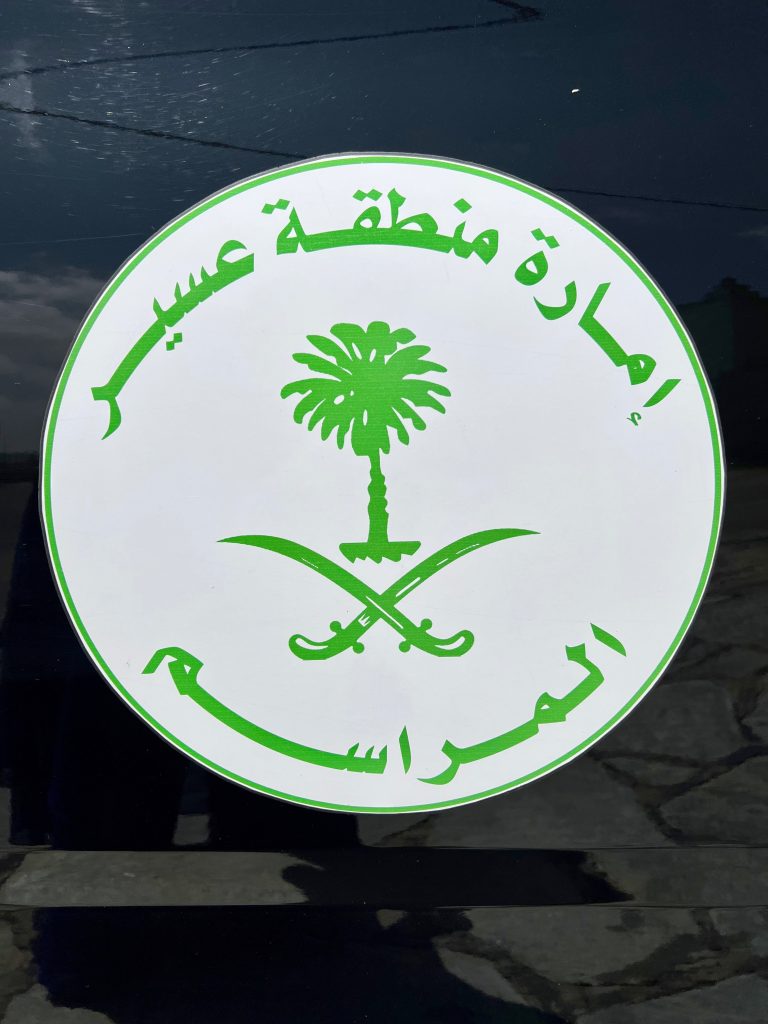
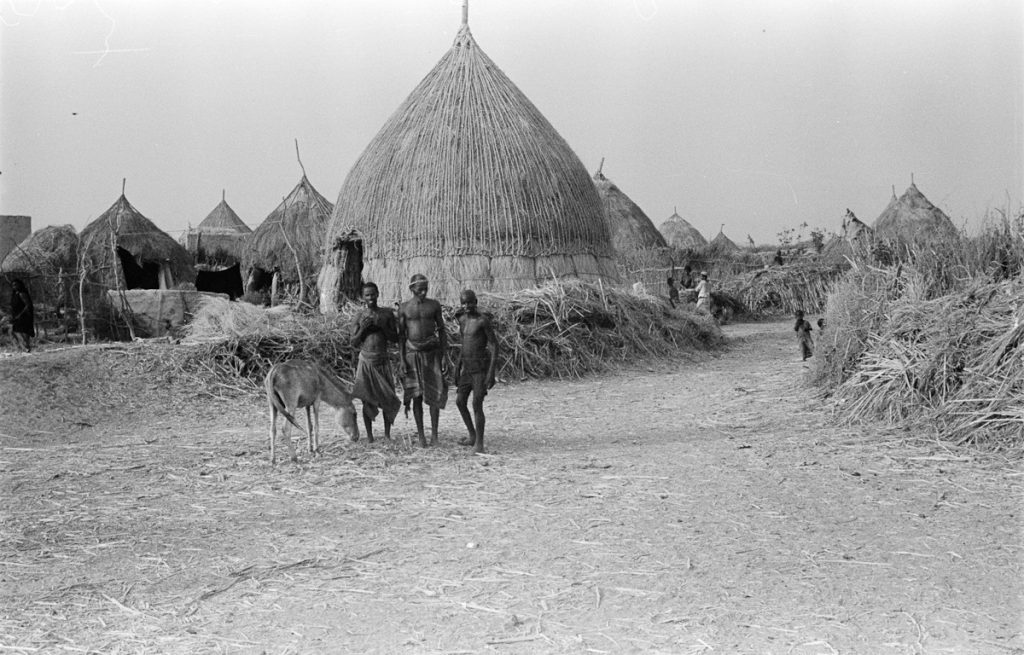
Round huts with pointed roofs in the town of Umm al Khashab in the Asir Region. Photograph by Wilfred Patrick Thesiger, 1947. Source: Pitt Rivers Museum, University of Oxford, 2004.130.12419.1.
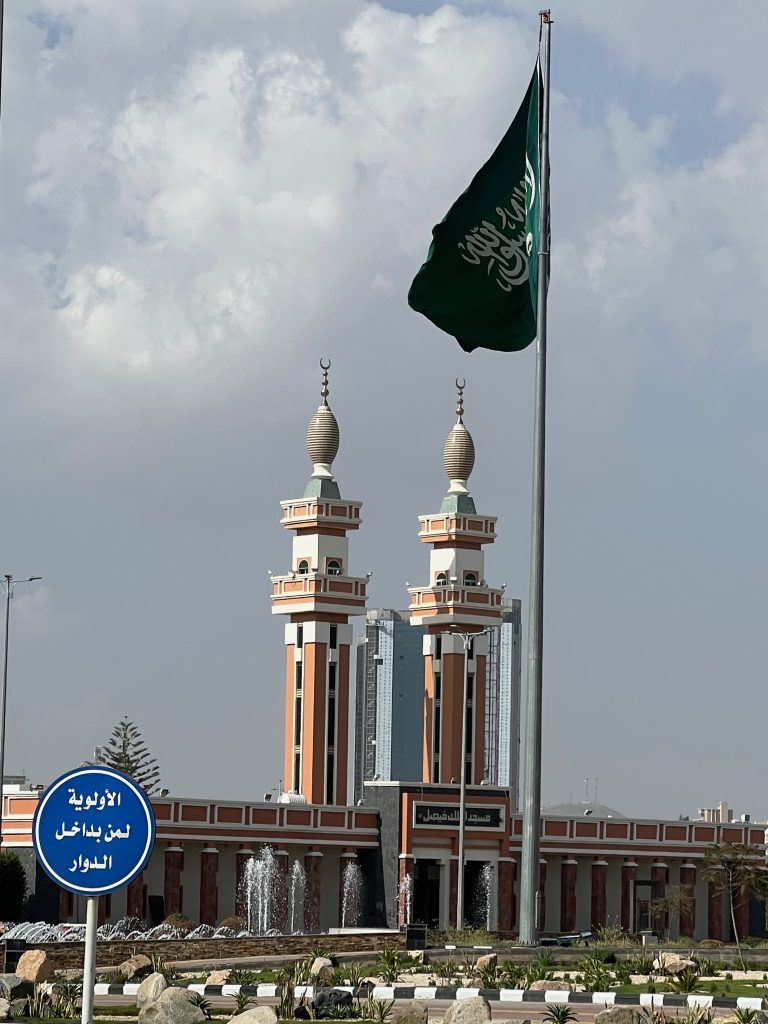
The main roundabout in Abha, capital of the Asir Region.
This is the story of Shabana
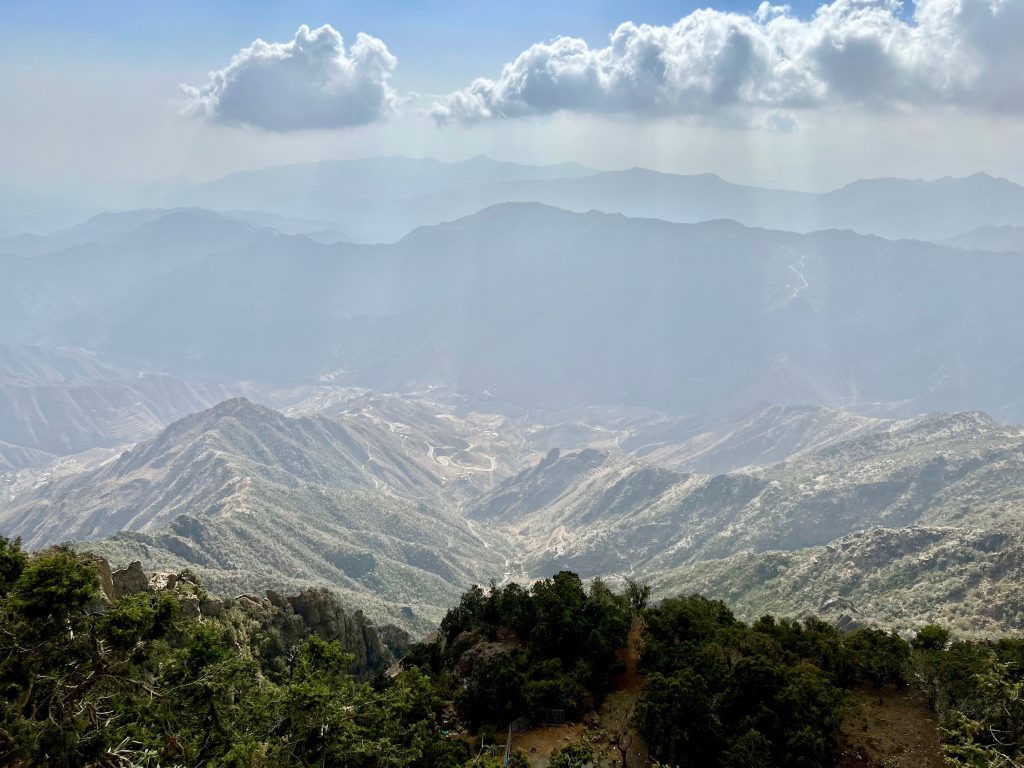
Preparing to descend and ascend these mountains over and over again.
I had the good fortune of being connected with HRH Prince Turki Bin Talal Al Saud, governor of the Asir Region. He permitted me to travel with him to see this special corner of the Kingdom.

Our day began in a caravan of no less than 12 black SUVs filled with dignitaries and HRH’s personal staff. I was initially in the second vehicle in line.
HRH Prince Turki Bin Talal drove the lead car at first. We weaved down and up and around again on small, windy, and steep back roads for hours. When we did come upon straight, flat stretches of pavement, the black SUVs would scramble and change places in the caravan. This was a safety tactic: no one could tell which car the prince was occupying.
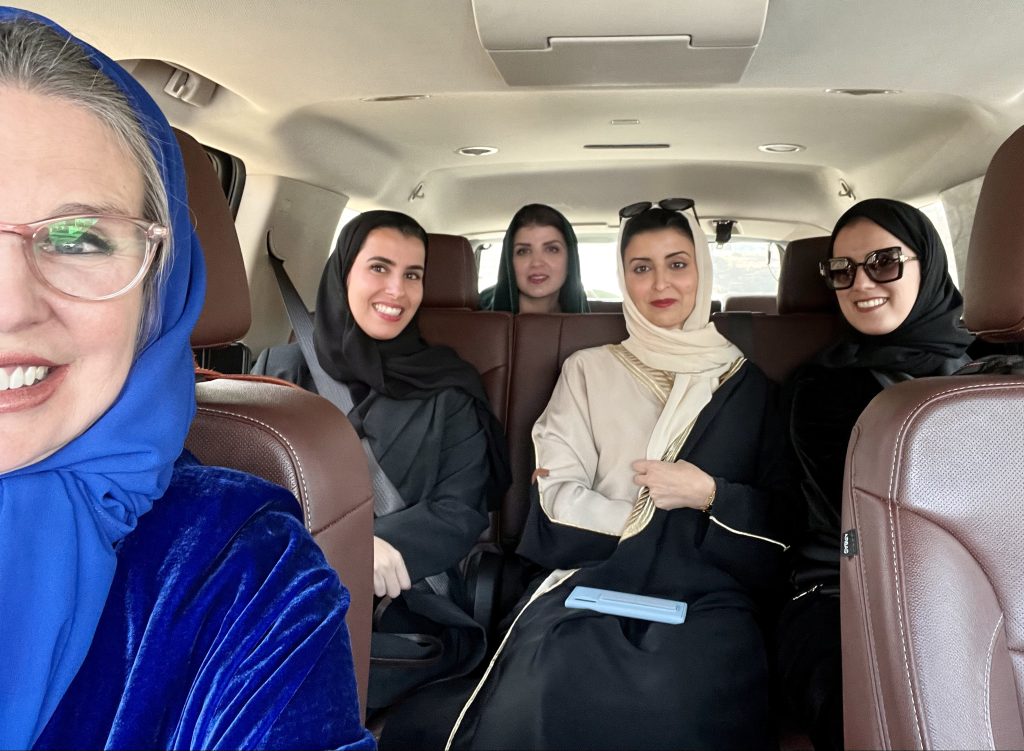
A gaggle of women joined me in the caravan.
Three of my vehicle-mates held PhDs. A remarkable number of Saudi Arabian women have completed advanced educations at colleges and universities in America and beyond. They are now employed in every aspect of the Kingdom’s business and government sectors.
Baboons on the side of the road wait for drivers to bring them food.
Hamadryas Baboons are a common sight in the mountains in Asir.
They were considered sacred animals by the ancient Egyptians. The Hamadryas Baboon is the only species of baboons in Saudi Arabia. Their population has increased in recent years due to the near extinction of their natural predators, Arabian Leopards.
Some say they are dangerous and wild. Others bring them fresh fruits every day. They are socially sophisticated and have complex family systems.
I am a board member of Catmosphere (catmosphere.org), founded by HRH Princess Reema Bint Bandar Al Saud, Saudi Arabian’s first female Ambassador to the United States. One of my goals is to support this organization that reintroduces cats into their native environments—resetting the ecological balance.
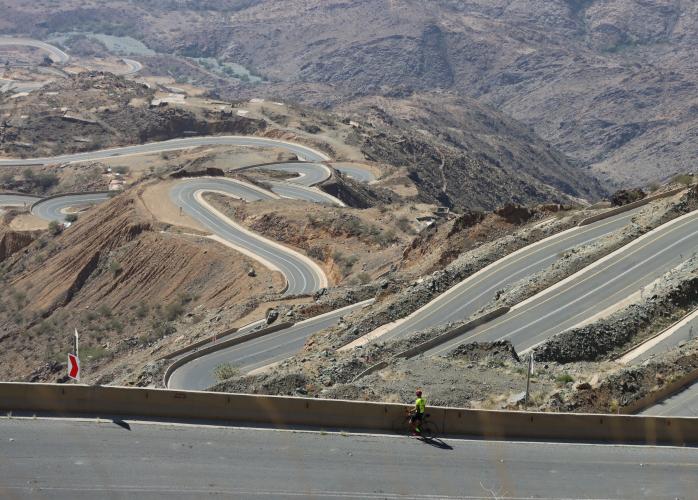
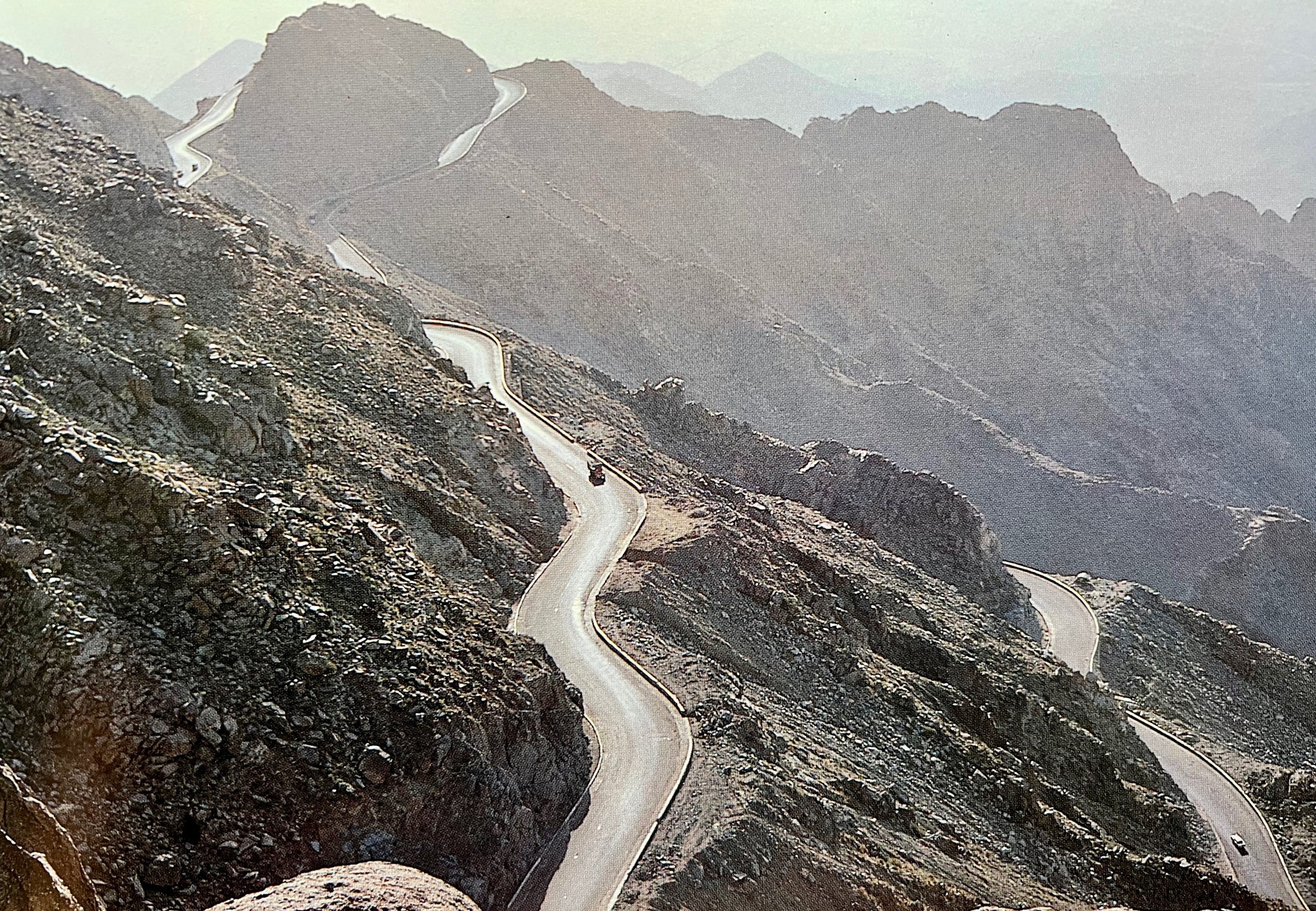
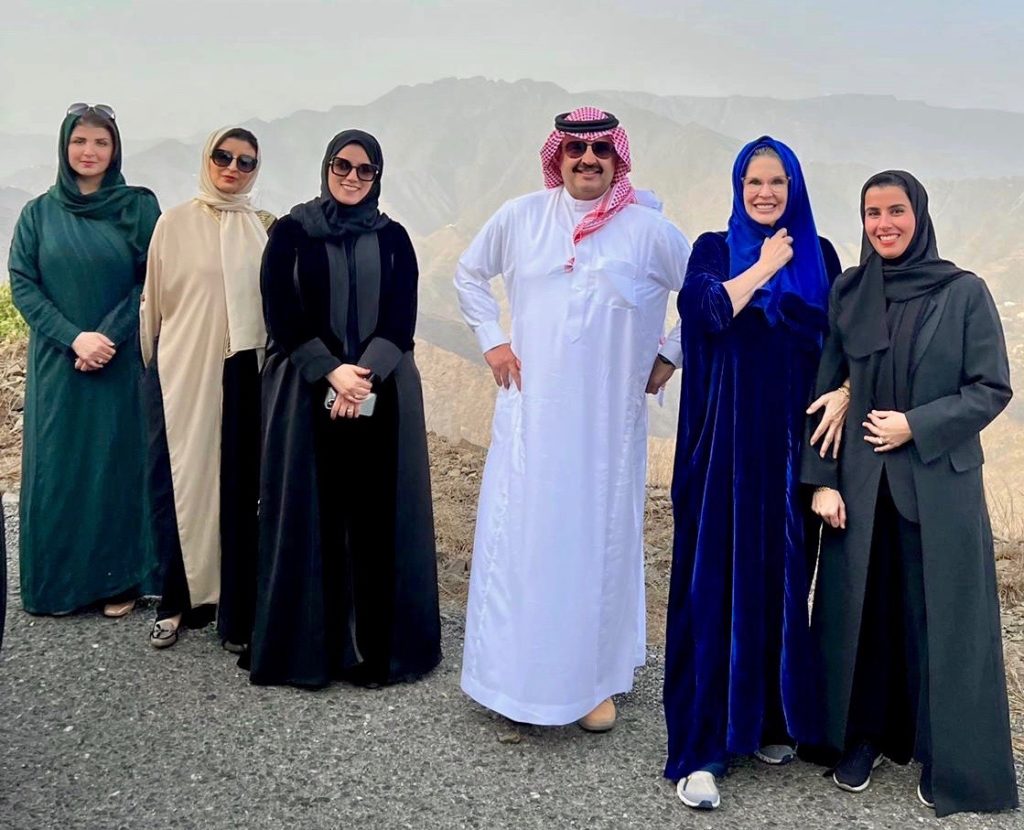
(Left to Right) Dr. Fatima Alhamlan, Dr. Uhood Alshehri, Dr. Raniah Al Mufarrah, HRH Prince Turki Bin Talal Al Saud, Paige Peterson, and Sarah Almuhaidib.
Prince Turki Bin Talal Al Saud: Father of five. Political Science graduate from King Saud University. American-trained fighter pilot. Educated at the Royal Military Academy Sandhurst in the United Kingdom. A Brigadier General in the Royal Saudi Air Force. Governor of the Asir Region. Grandson of King Abdul Aziz Al Saud, also known as “Ibn Saud,” the founder of the modern Kingdom of Saudi Arabia. Nephew to King Salman Bin Abdul Aziz Al Saud. Cousin to Crown Prince Mohammed Bin Salman Bin Abdul Aziz Al Saud.
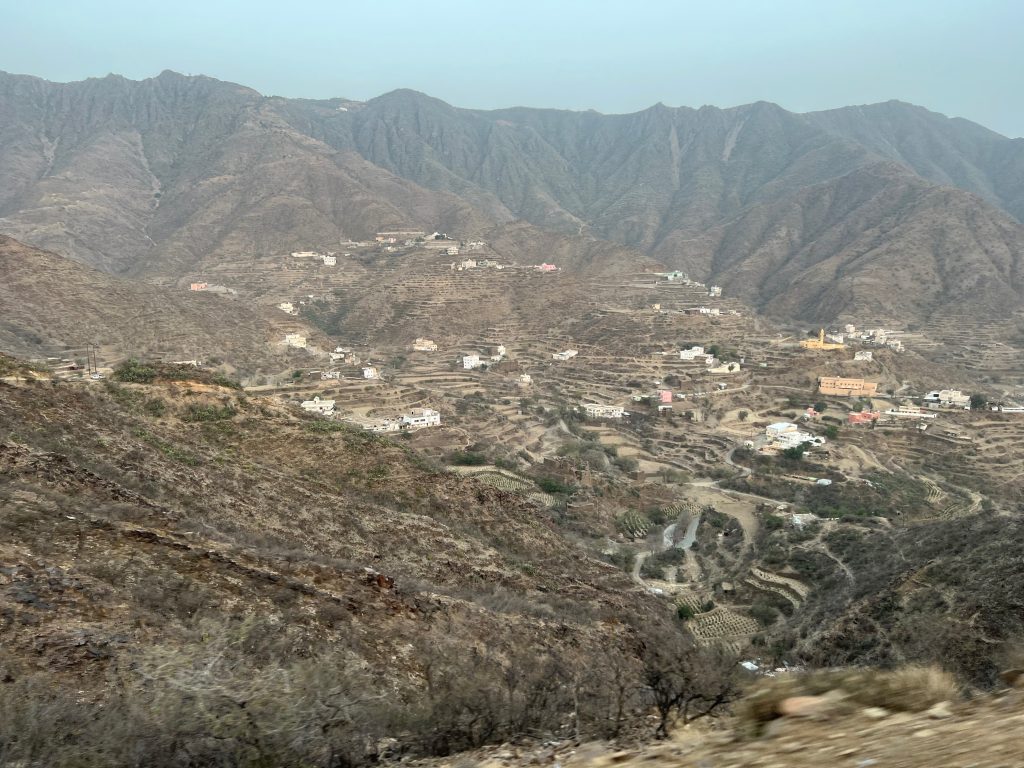
Clusters of homes nestled among terraced hills.
An elder had contacted Prince Turki’s office to inform him of an elderly woman, Shabana, who was living in deplorable conditions in a remote village. The prince went to see for himself. He found her among rock walls with no ceiling sharing her space with snakes and spiders. Shabana had outlived her relatives. She was alone.
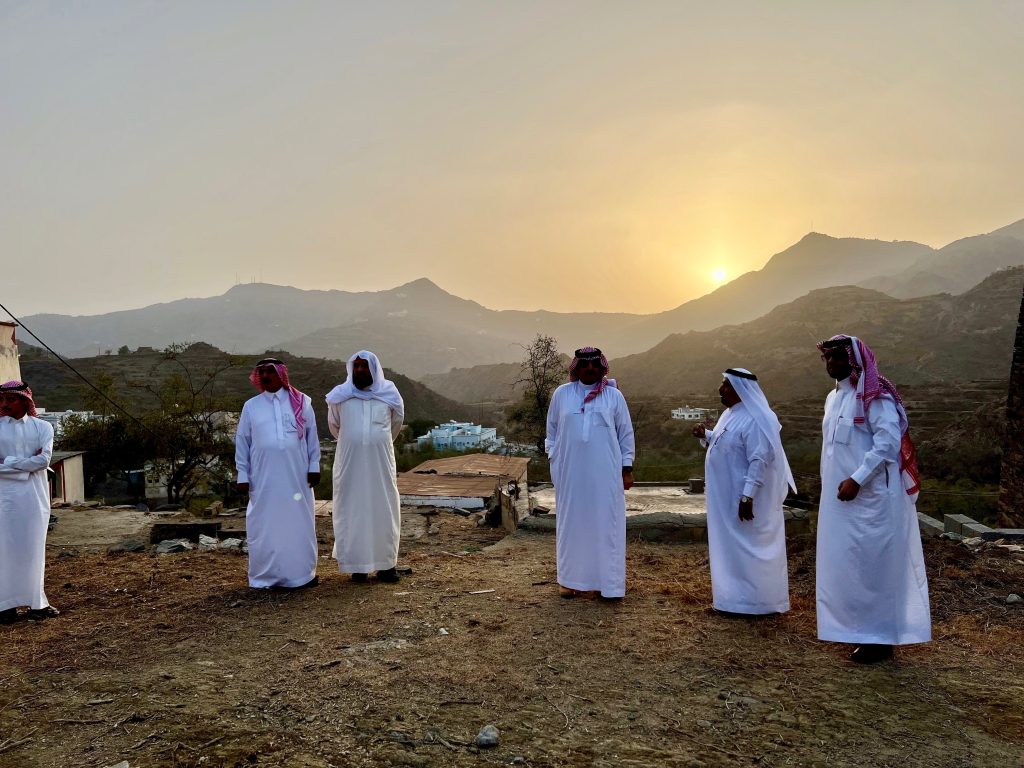
Prince Turki at the site of the house where Shabana was found.
Prince Turki took her to a hospital to be evaluated. Upon her discharge from the hospital he brought her back to his palace. He commissioned a house to be built for her in her village. Shabana returned to her village to live with neighbors while her home was being constructed. The effort took months, with hundreds of workers involved. On her move in day, there was a celebration.
Write the bad things that happen to you in the sand but write the good things that happen to you on a piece of marble.
Arabian proverb
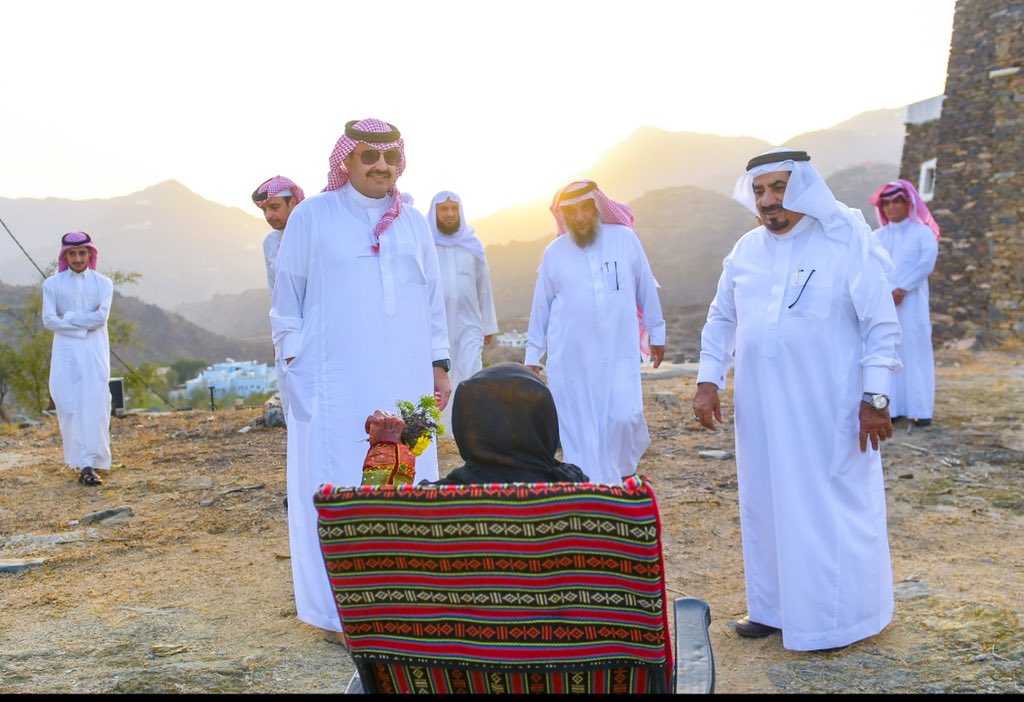
Prince Turki and his deputies honor and congratulate Shabana as they greet her at the site of her former rock home.
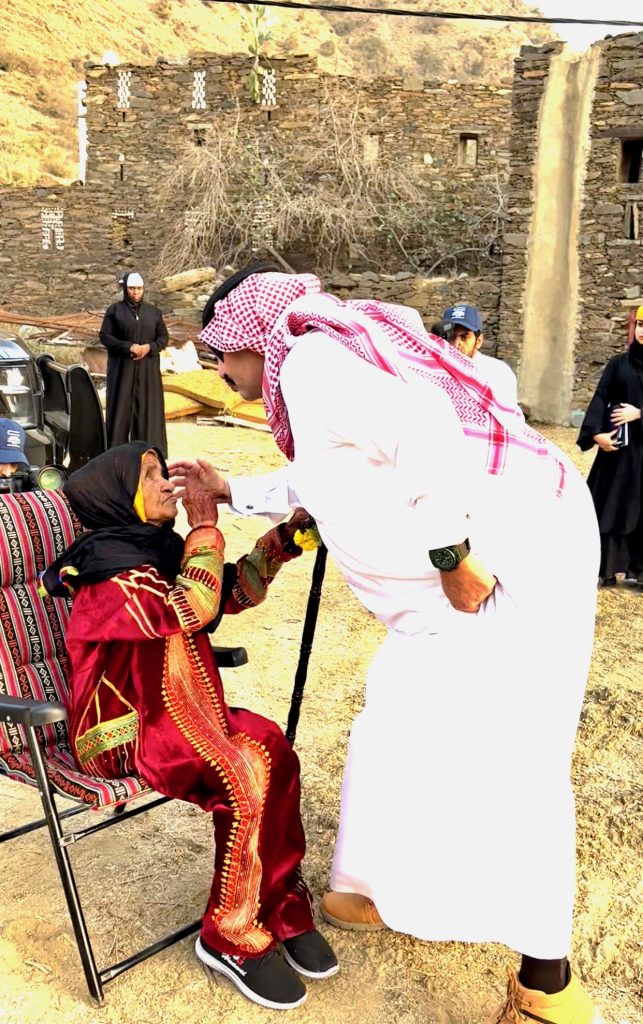
Prince Turki and Shabana.
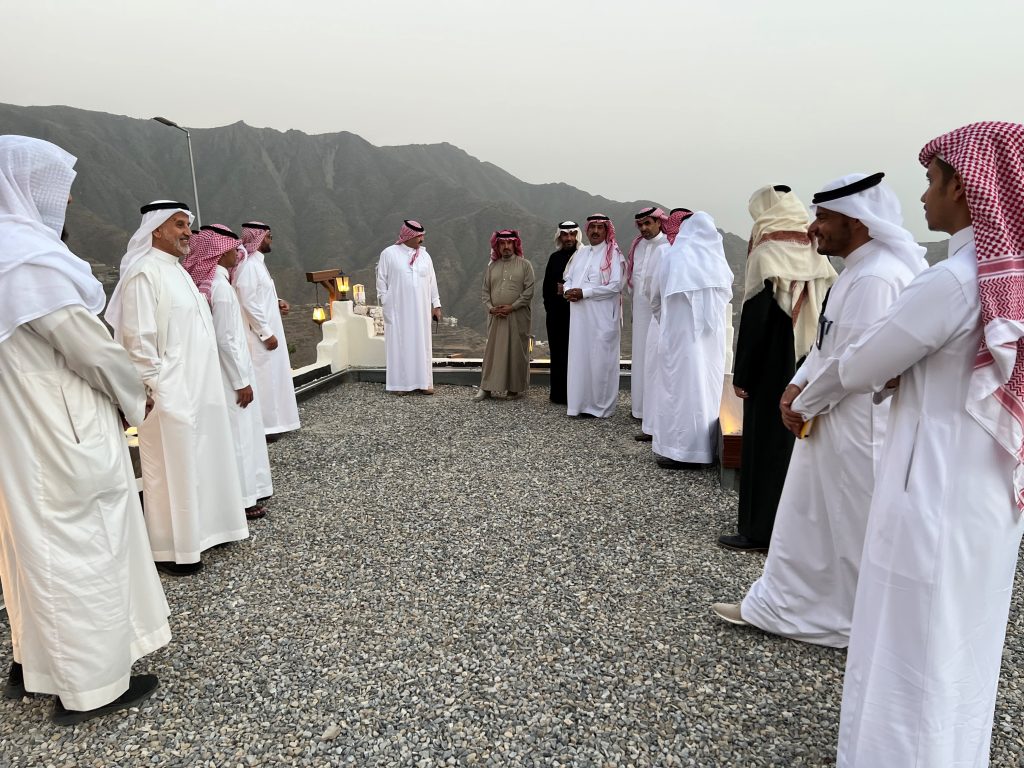
Atop Shabana’s new roof with dignitaries.
Rooftop prayer.
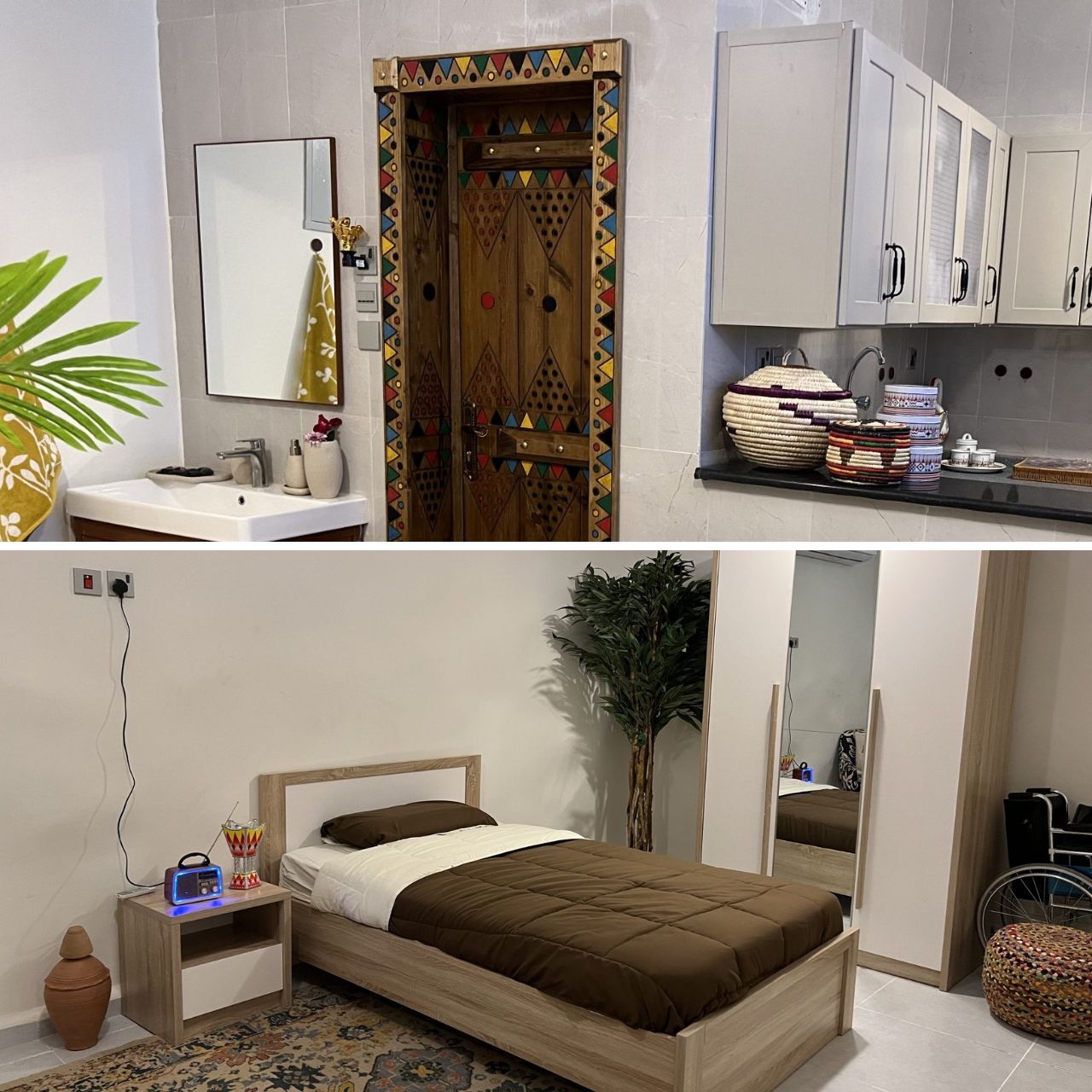
Shabana’s new home.
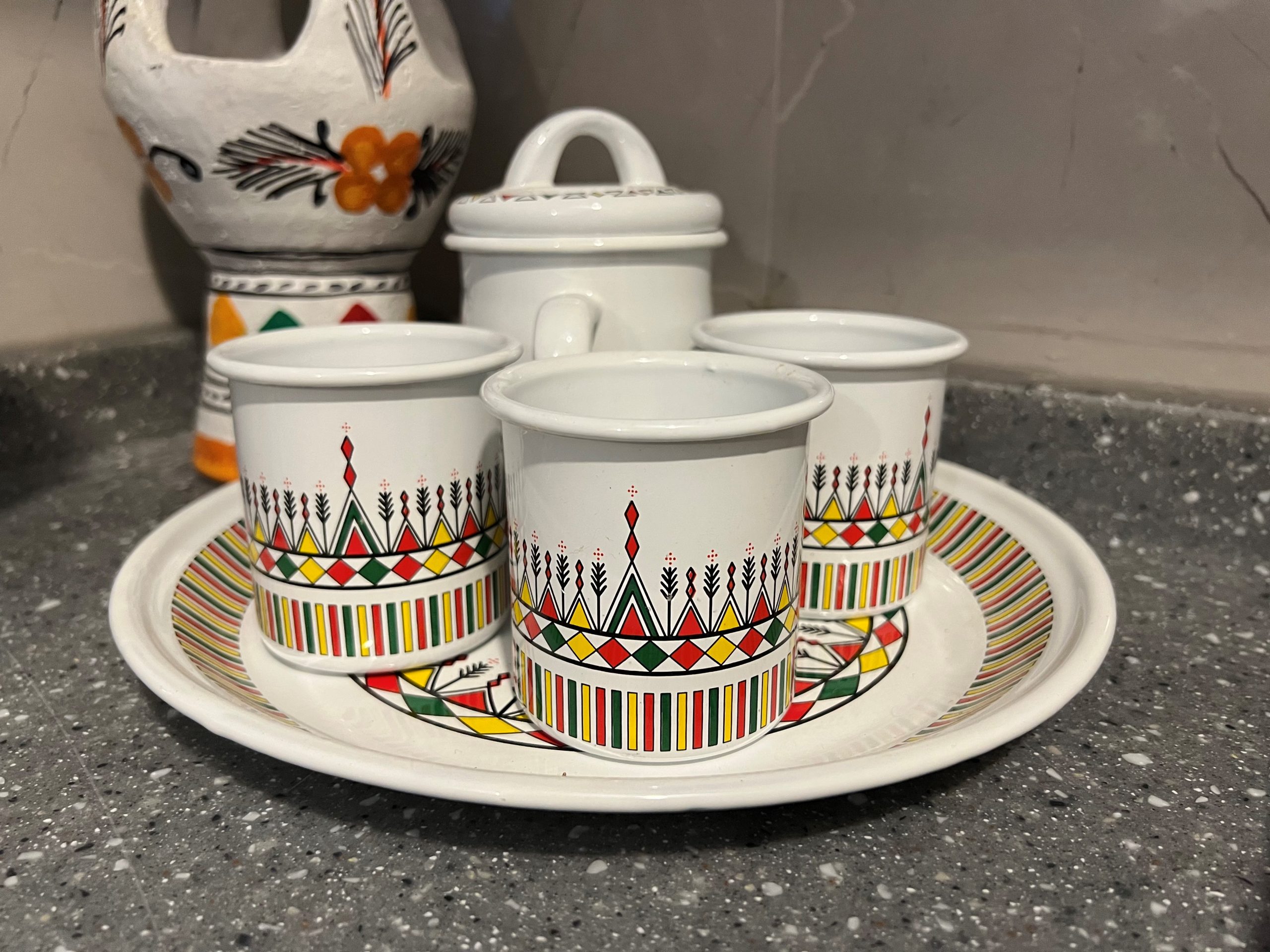
Al-Qatt art decorates the walls inside traditional houses in Asir. Mostly women paint these graphic shapes in traditional colors. Each village has its own unique designs. (In 2017, Al-Qatt Al-Asiri was inscribed on the UNESCO Representative List of the Intangible Cultural Heritage of Humanity.) Al-Qatt designs are now on household items as well. Prince Turki told me he had picked out her kitchenware and furnishings himself.
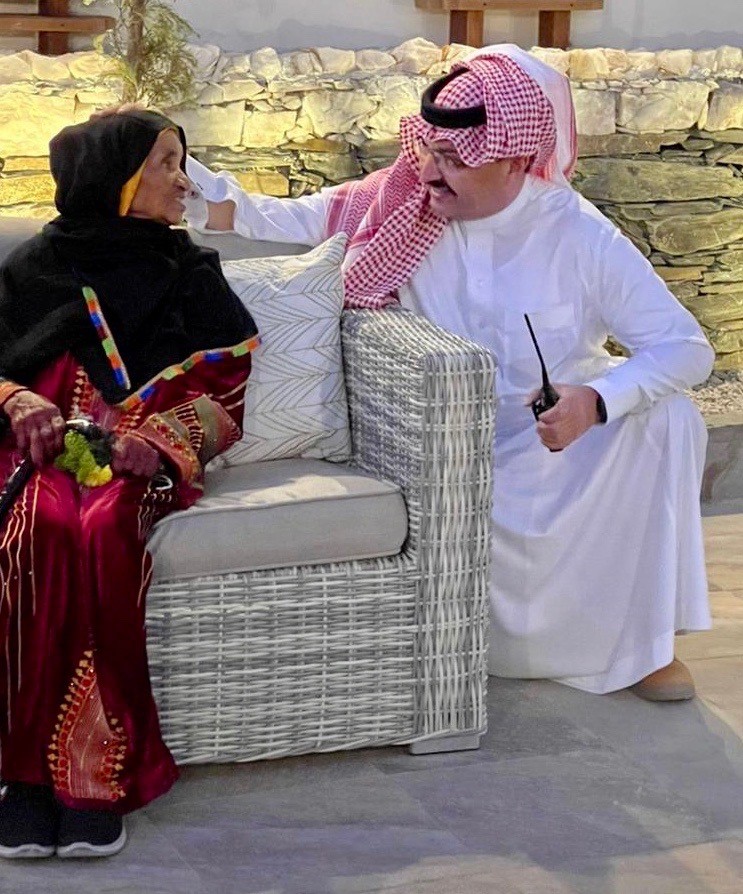
Prince Turki and Shabana in her new home.
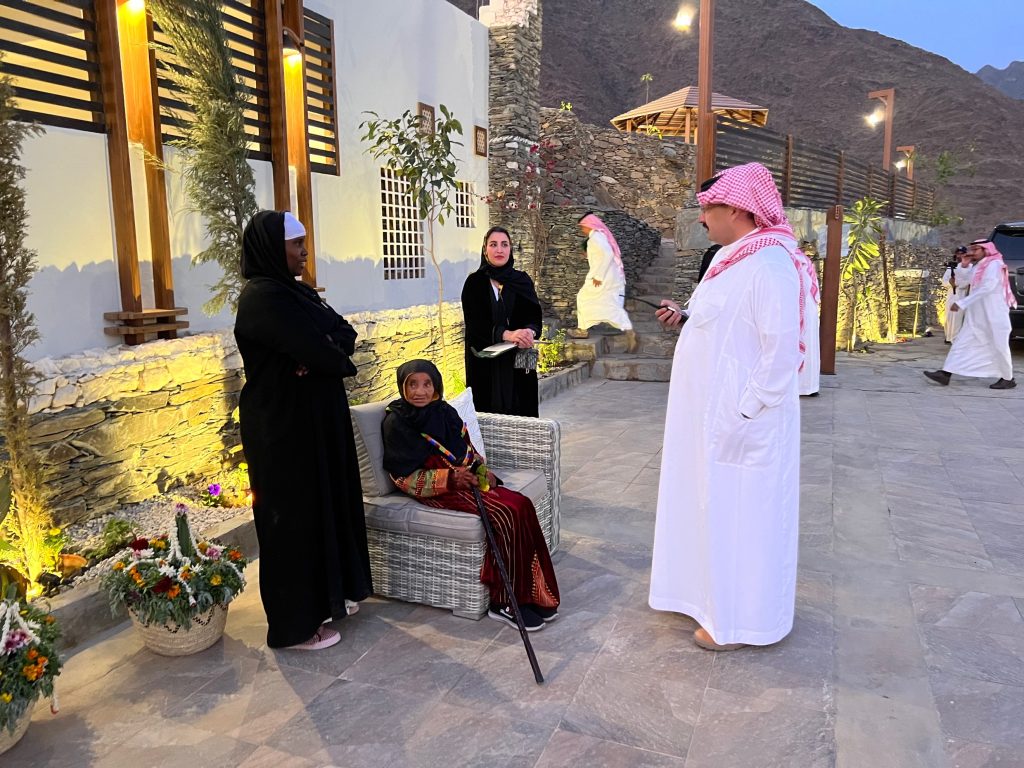
Prince Turki speaking with Shabana’s full time caretakers.
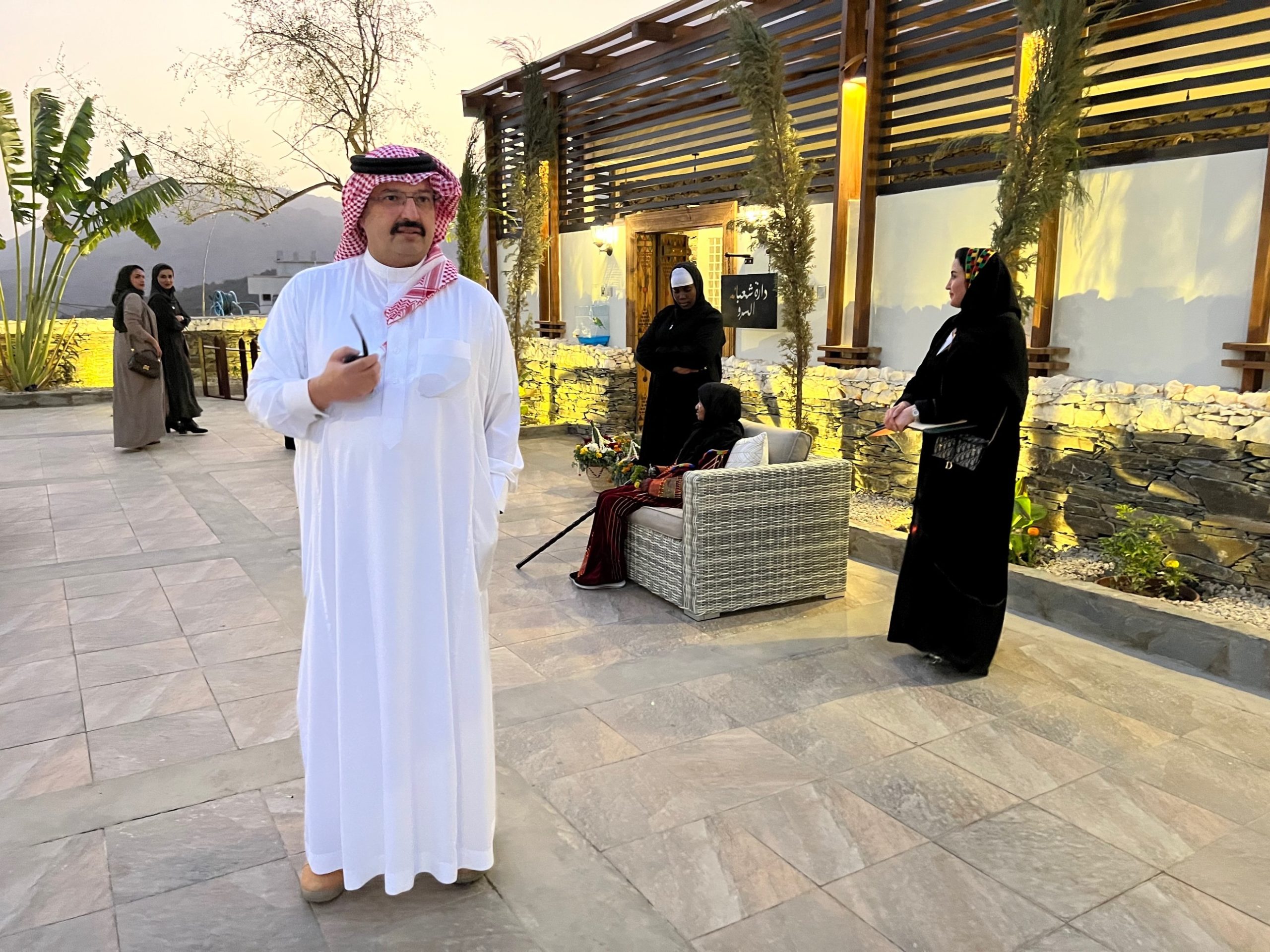
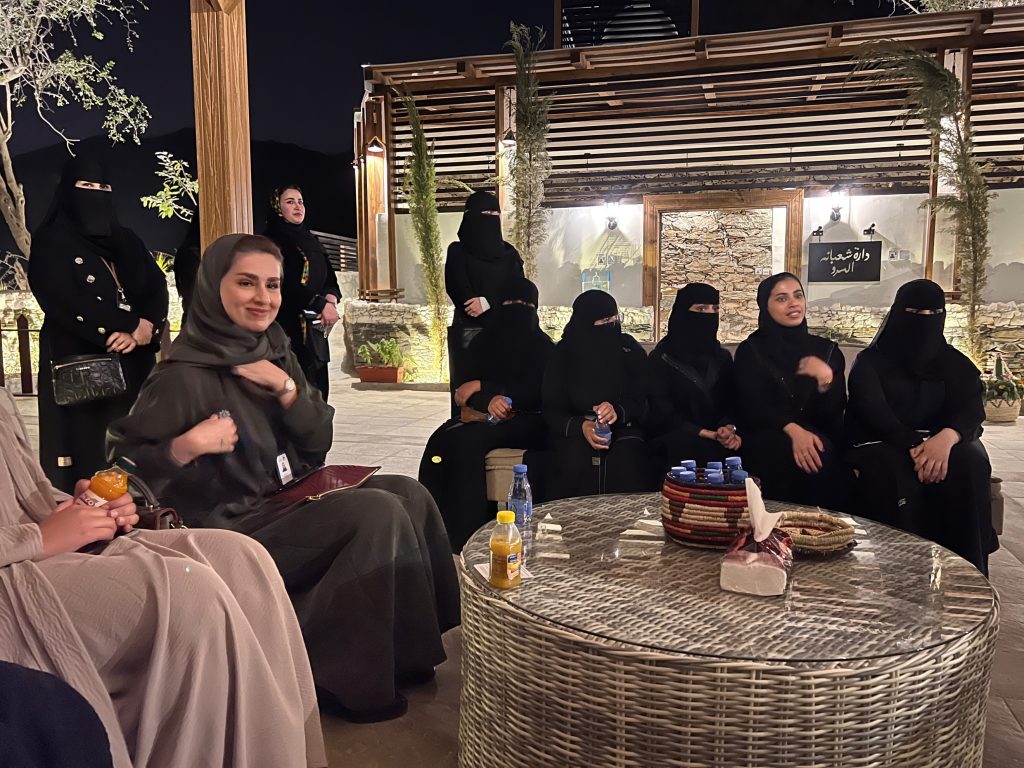
Many women from Prince Turki’s team joined in the celebration. Some of the women were covered and others were not. It is their choice.
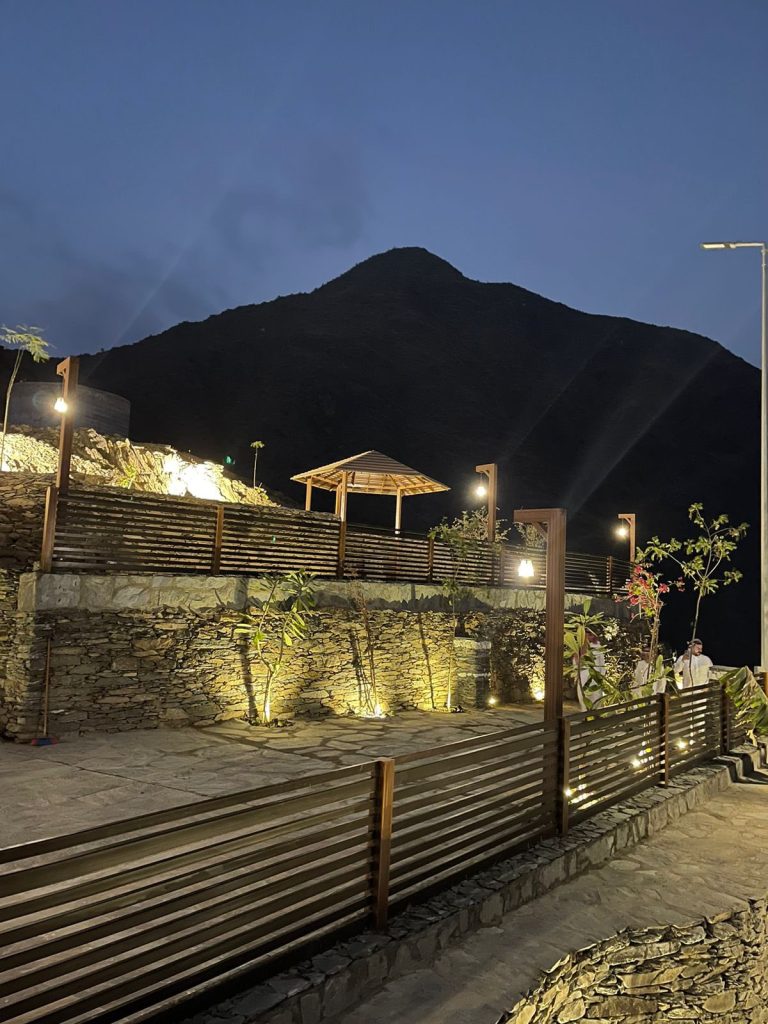
Spectacular vistas abound in Asir.
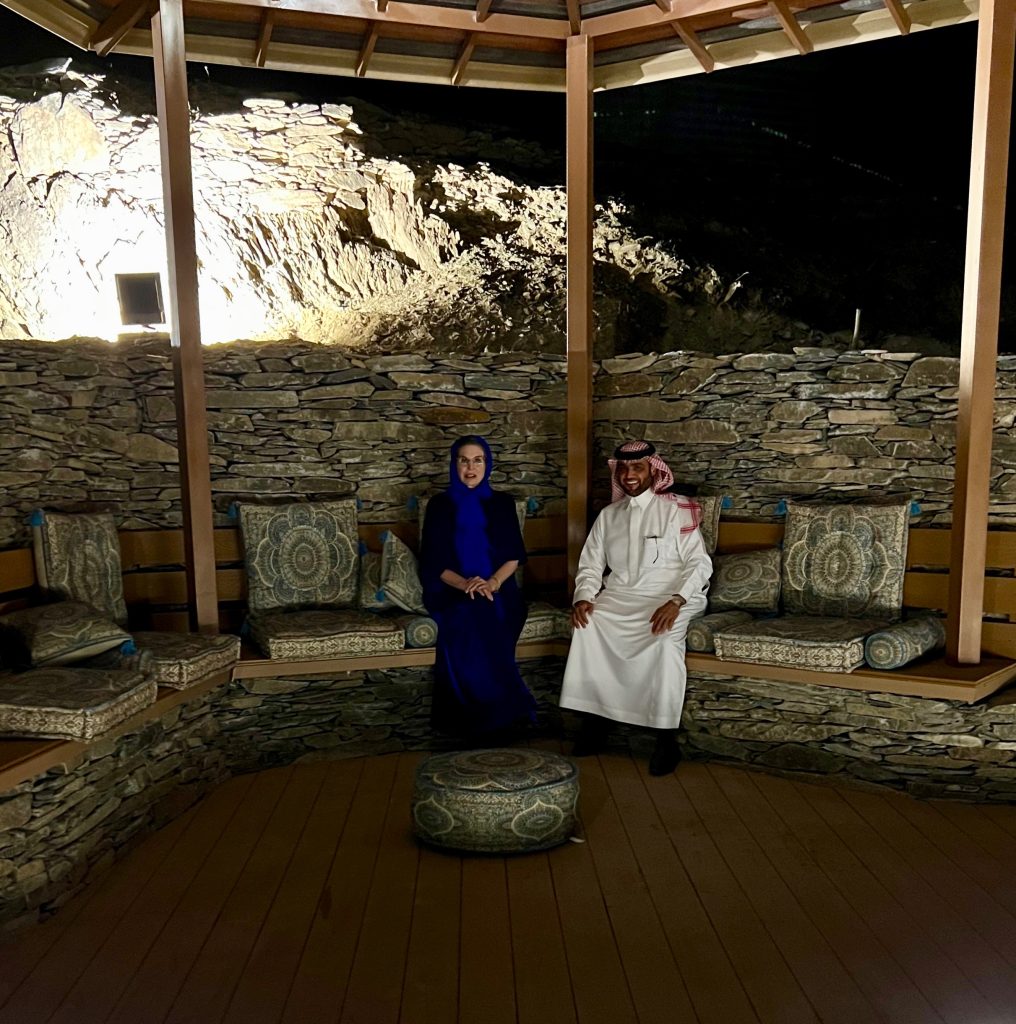
Visiting with Prince Turki Bin Sa’ad, a consultant and advisor for the Asir Province.
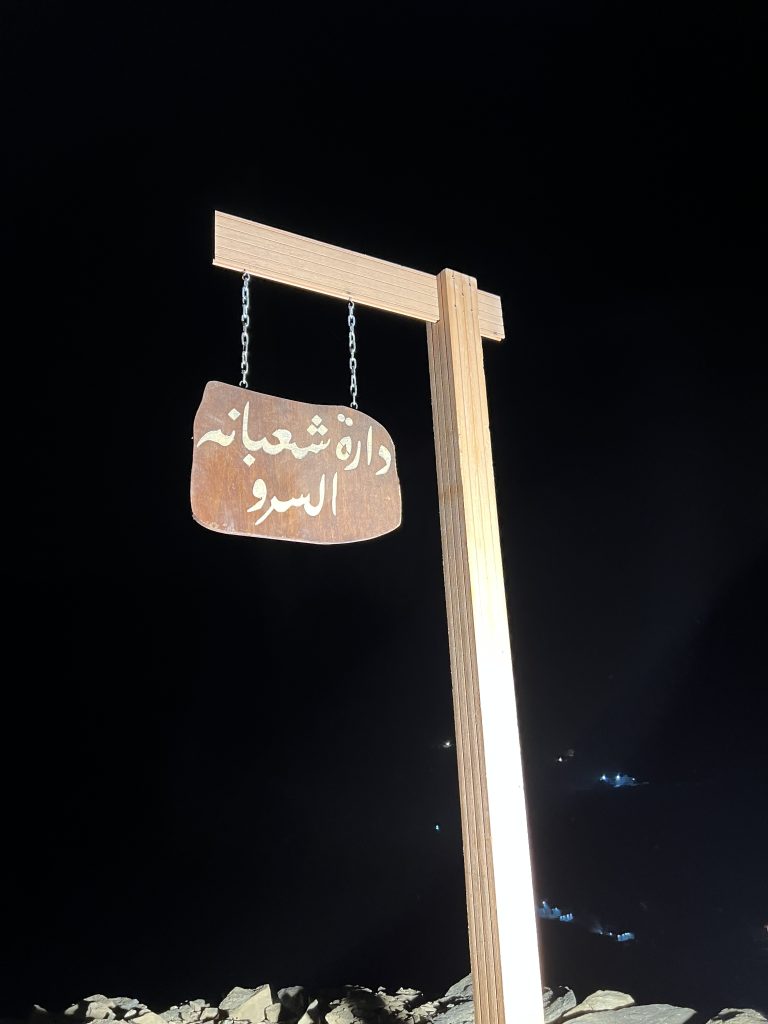
“Shabana’s house”
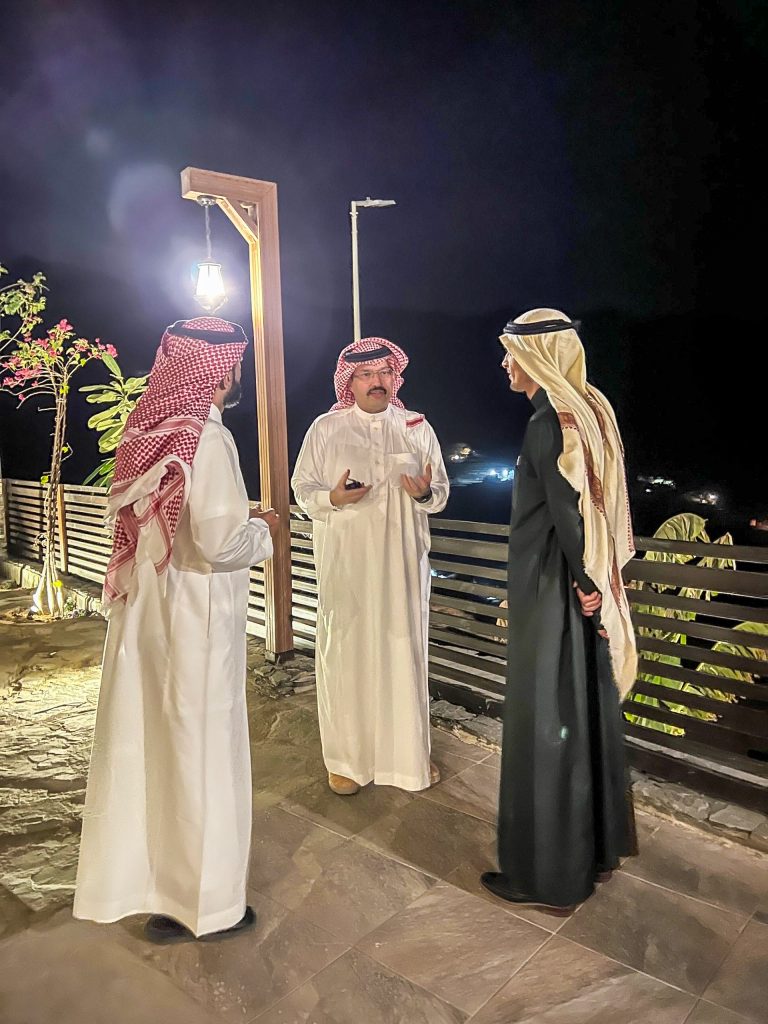
Each man develops his own way to wear a ghutra.
Some wear their ghutra longer than others. Some drape it in front, others down their back. I am told little boys take this manner of dress very seriously in order to find the style that will represent them. Men wear them because the desert sun can bake the back of their neck. They’re also useful to shield your eyes/face during a sandstorm. The head cover also helps to prevent dehydration, which is a real danger in desert climates.
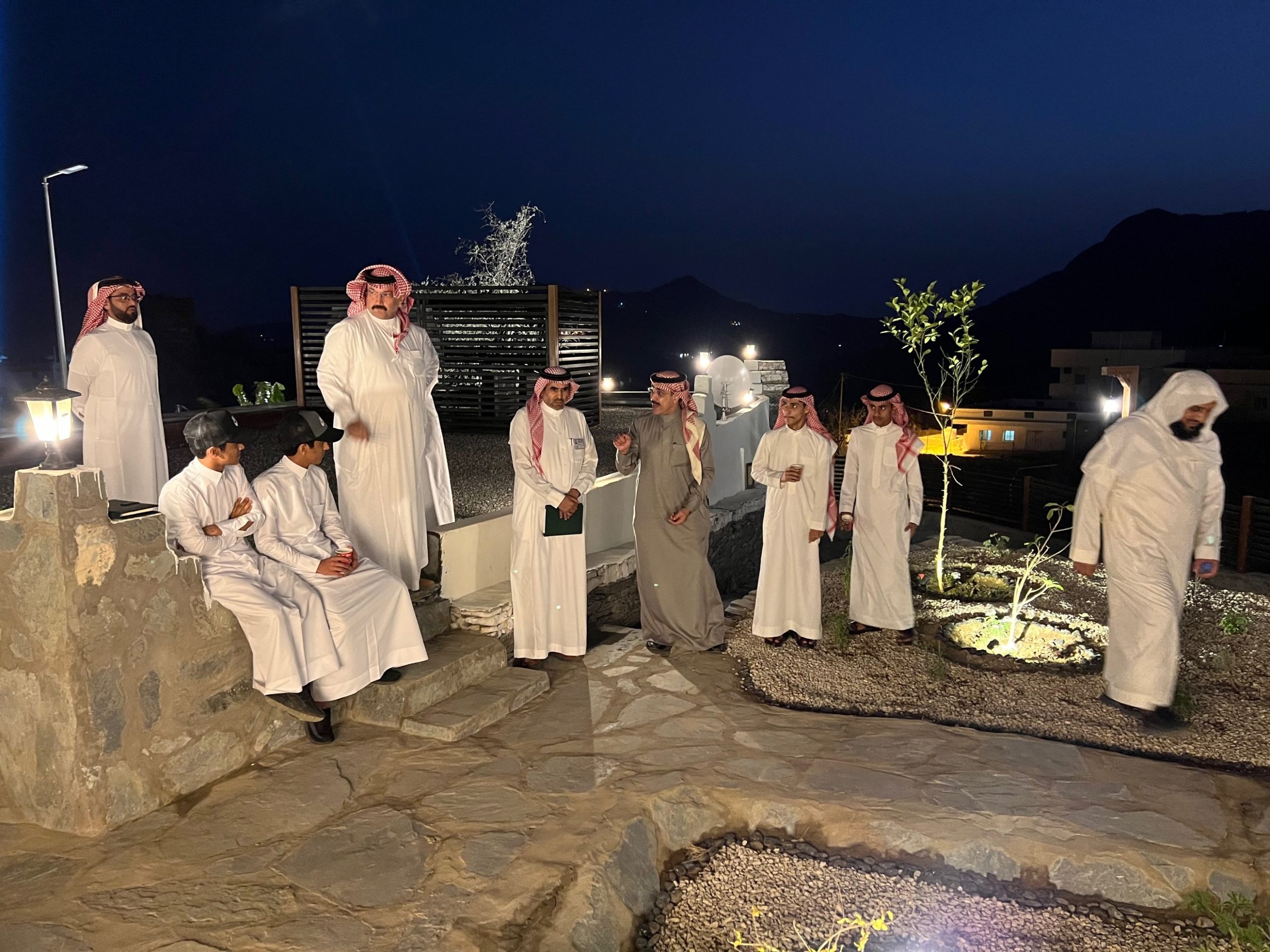
Although Saudi men traditionally wear white thobes, the heavier fabric of the gray thobe – an ankle-length robe with long sleeves – adds warmth during colder months.
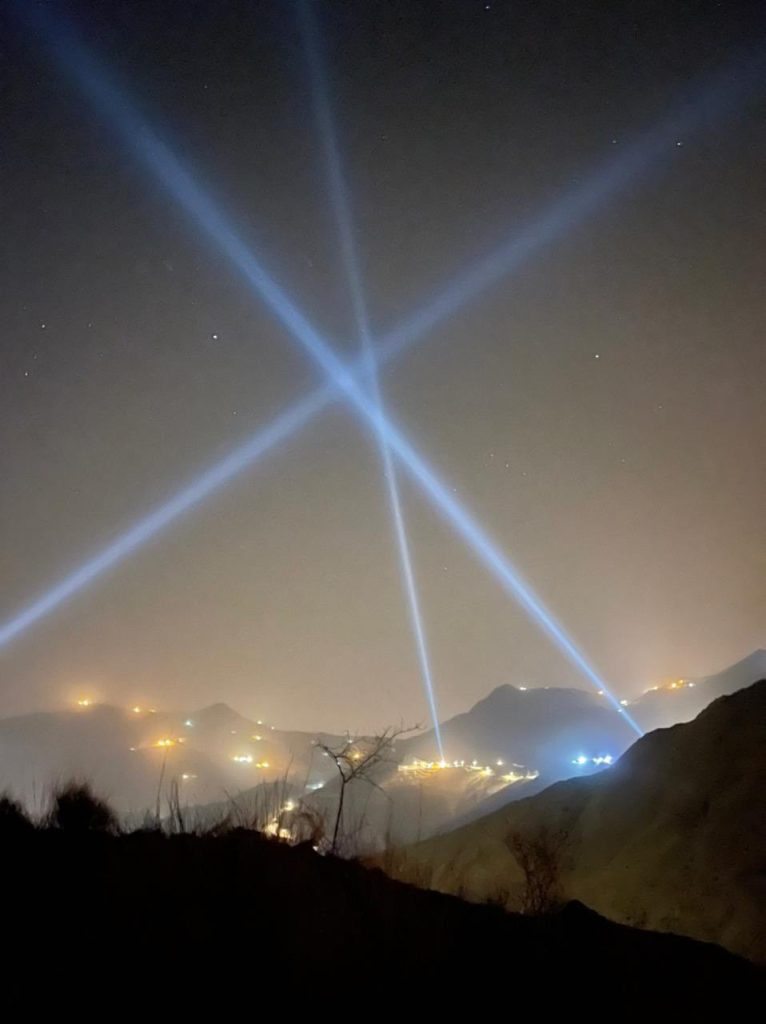
Beams of light shine in the night sky. One comes from the location of Shabana’s old snake-infested house. One is from her new house, and one is from the location of the celebration.
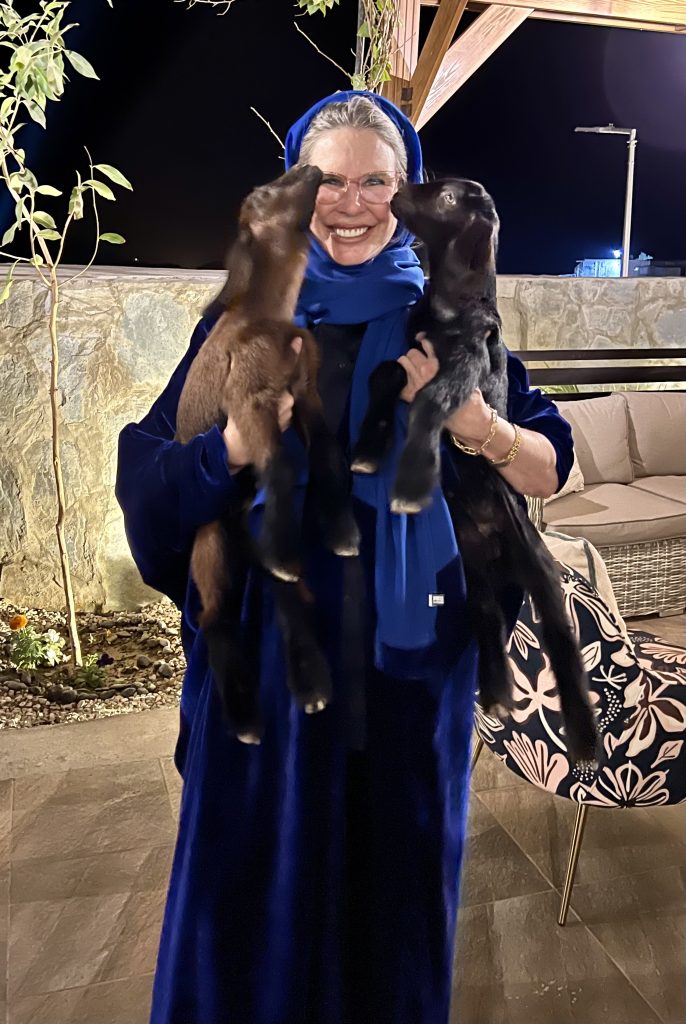
I clearly could not put these adorable nubian goat kids down. So sweet! But khalas… I had to release them. (Khalas means enough in Arabic.)
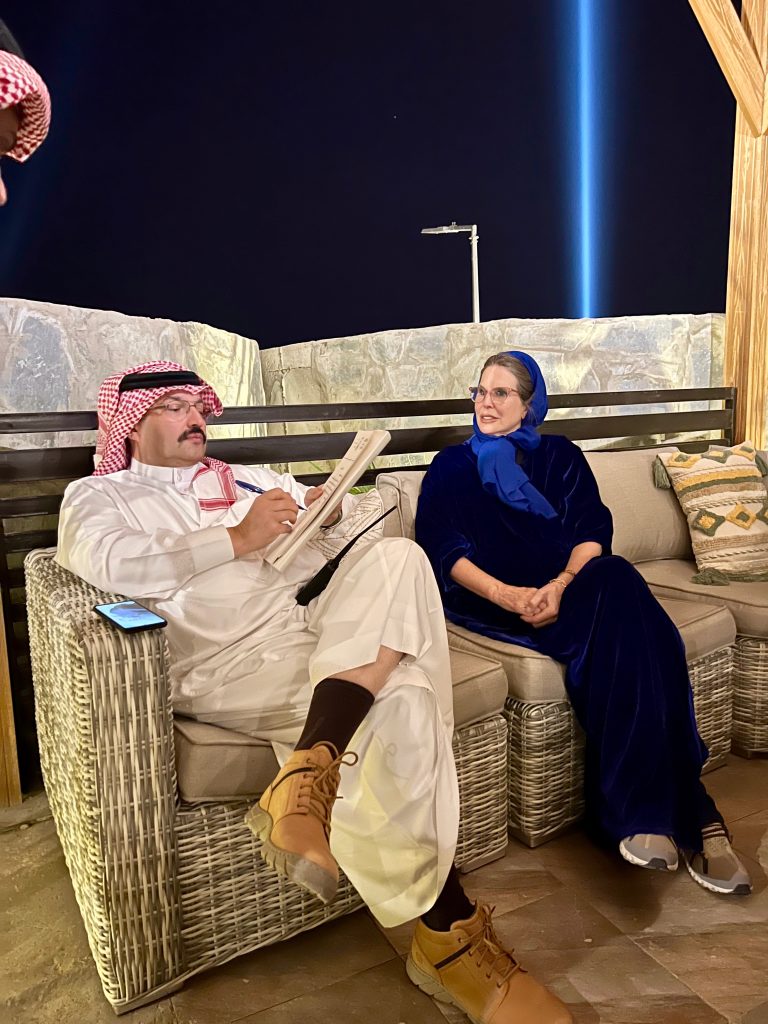
Prince Turki signing official papers.
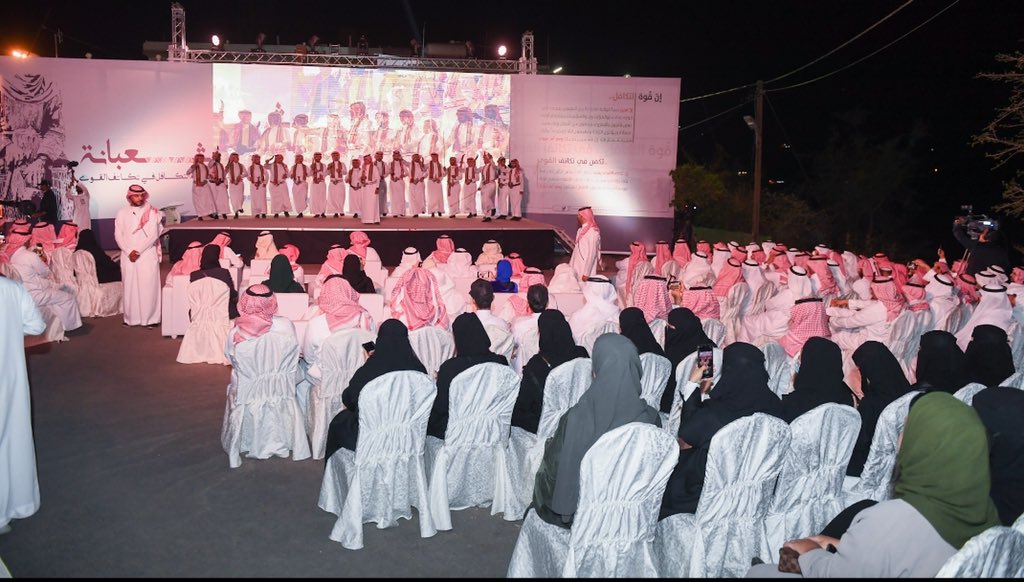
A celebration was held just down the road from Shabana’s new home.
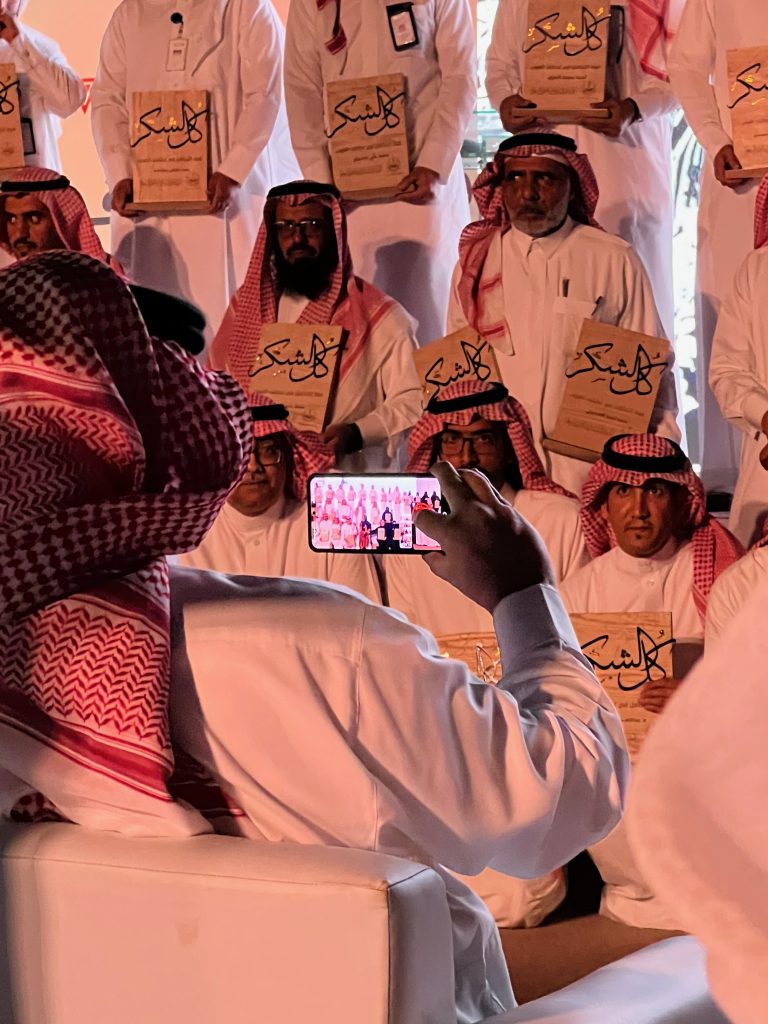
Everyone who participated in the building of Shabana’s new home received an award in commemoration of their work.
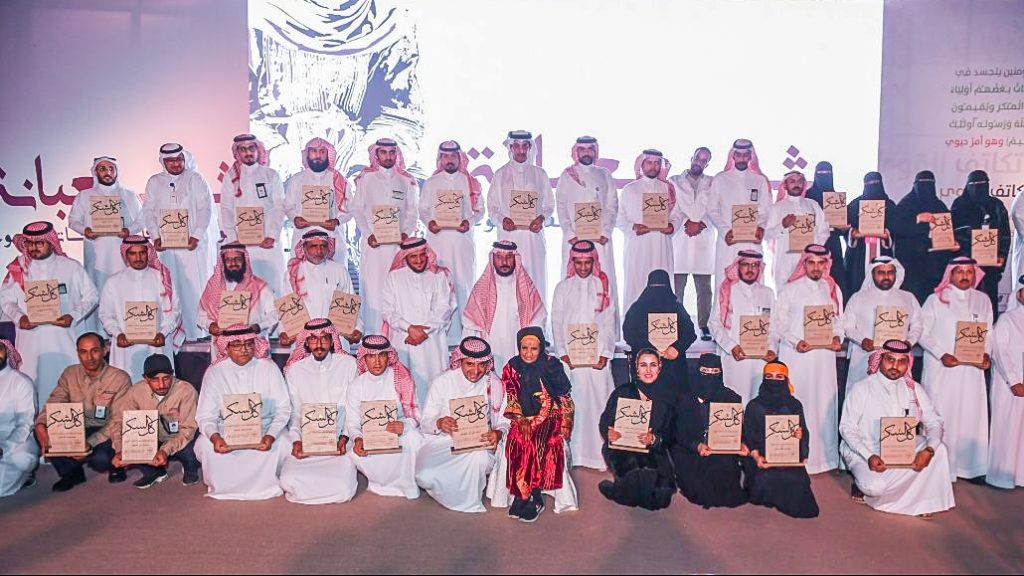
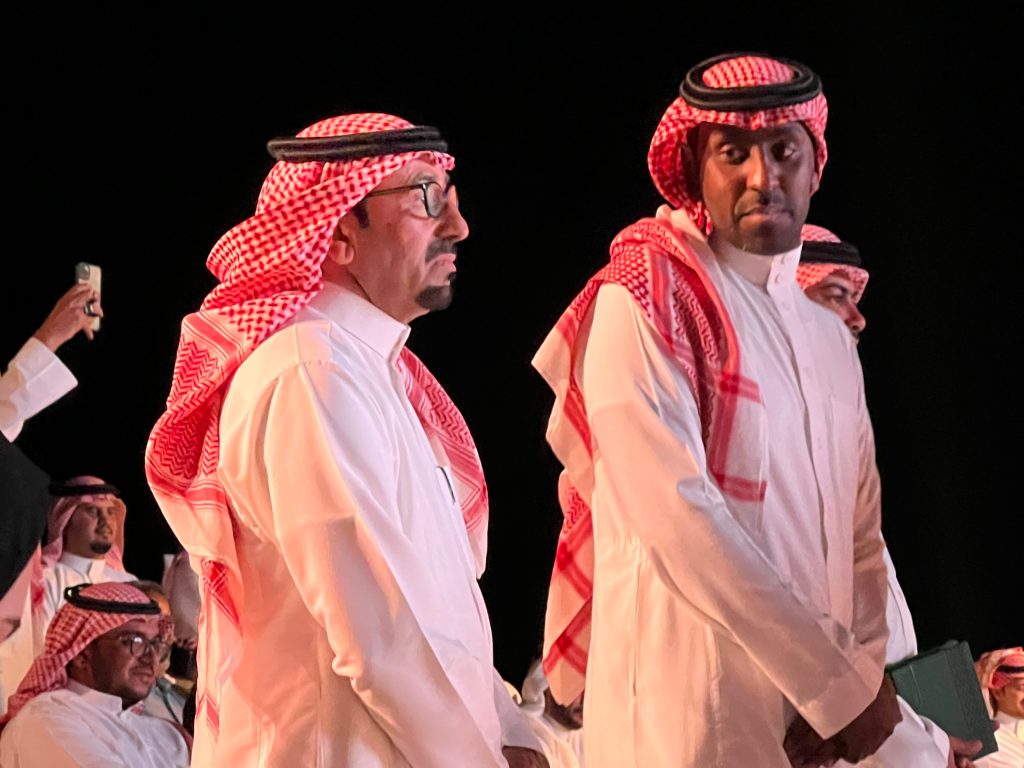
Dukhayel Al Qahtani, our dignified driver and right-hand man to Prince Turki. His driving skills were very impressive. As was the dedication he showed in his service to the prince.
Music was commissioned, as was the dance.
After the ceremonies, we feasted on delicious food prepared by the women of the village.
Eventually, all 12 SUVs that had brought us to the celebration of Shabana’s new house took us home. Prince Turki stopped at every turn where there were guards standing at attention and thanked them. I did the same.
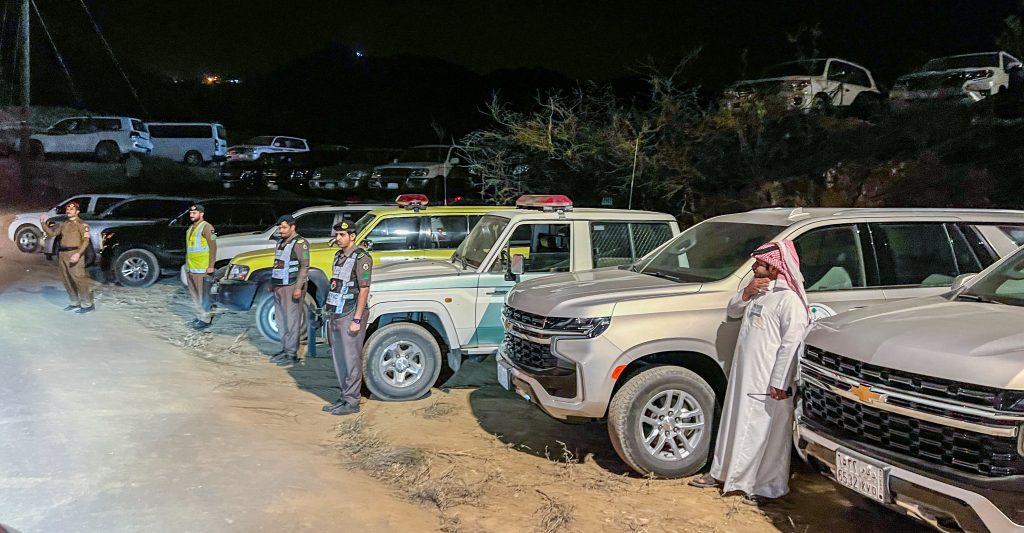
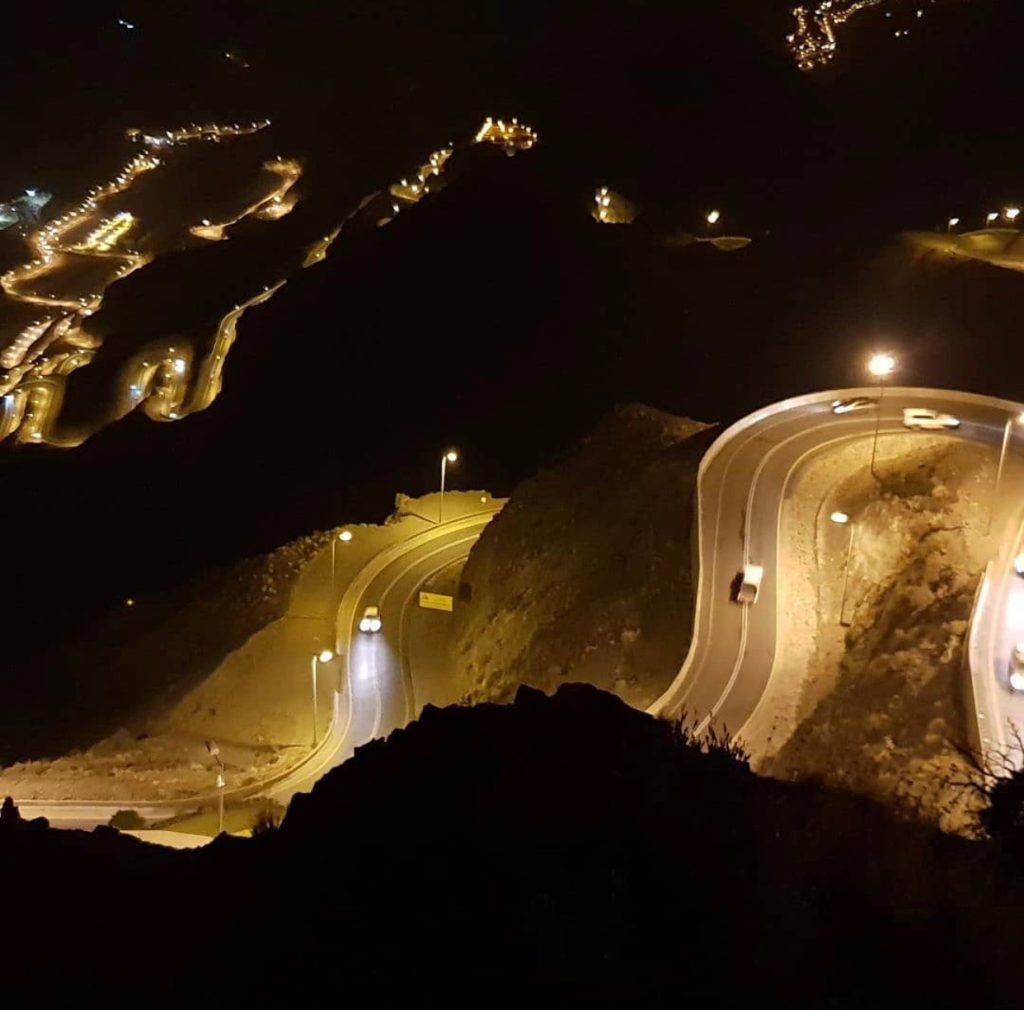
Looking back down the mountain.
Good night, Shabana.

You must be logged in to post a comment.